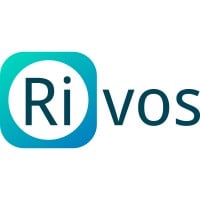The Role
The DFT Engineer will focus on designing DFT features, define test structures, create test vectors, collaborate with teams to ensure requirements are met, validate DFT requirements, and verify designs through testing. The role emphasizes teamwork and productivity under tight schedules.
Summary Generated by Built In
Positions are open for full-time in the areas of DFT design from unit level to chip level, involving all aspects of DFT design functions from scan, MBIST, to ATPG. Roles in the areas of CPU and SOC DFT design and verification.
Responsibilities
- Define DFT strategy and methodologiesDesign the DFT features
- Define test structures, debug structures, and test plans
- Create test vectors or oversee their creationCollaborate with physical design team to close requirements
- Validate DFT requirements are being metWork with designers to increase test coverage, debug observability and flexibility
- Verify post-PD designs meet DFT requirements
- Work with verification engineers, stepping in to do run tests when needed
Requirements
- Good knowledge of digital logic design, microprocessor, debug feature, DFT architecture, CPU architecture, and microarchitecture
- Knowledge of DFT and structural debug concepts and methodologies: JTAG, IEEE1500, MBIST, scan dump, memory dump
- Knowledge of Verilog and experience with simulators and waveform debugging tools
- Knowledge of Verilog / SystemVerilog
- Knowledge of Python, , Shell scripting, Makefiles, TCL a plus
- Excellent skills in problem solving, written and verbal communication, excellent organization skills, and highly self-motivated.
- Ability to work well in a team and be productive under aggressive schedules.
Education and Experience
- PhD, Master’s Degree or Bachelor’s Degree in technical subject area.
Top Skills
Cpu Architecture
Dft Architecture
Dft Design
Digital Logic Design
Ieee1500
Jtag
Makefiles
Mbist
Memory Dump
Microprocessor
Python
Scan Dump
Shell Scripting
Systemverilog
Tcl
Verilog

Get Personalized Job Insights.
Our AI-powered fit analysis compares your resume with a job listing so you know if your skills & experience align.
Resume Uploaded Successfully
The Company
What We Do
Rivos, a high performance RISC-V System Startup targeting integrated system solutions for Enterprise







_0.png)